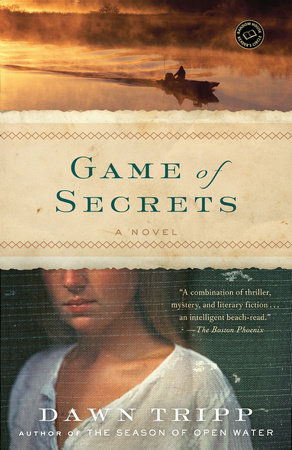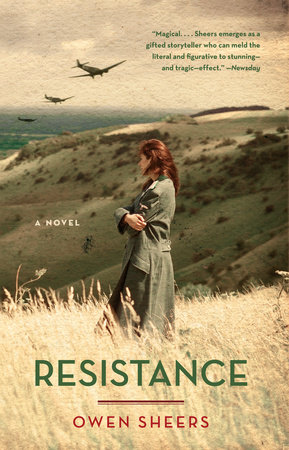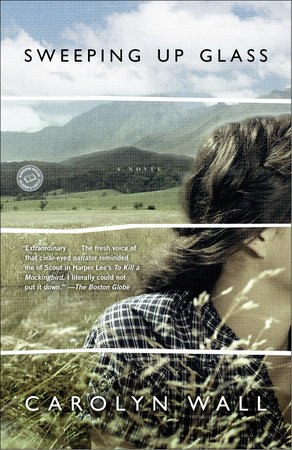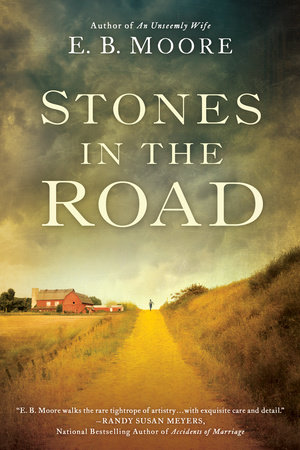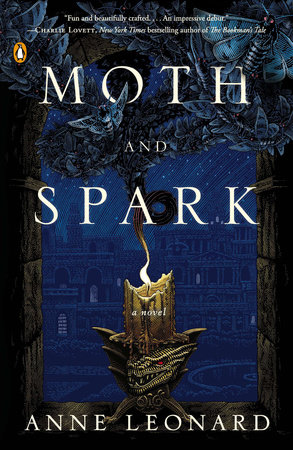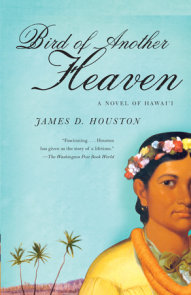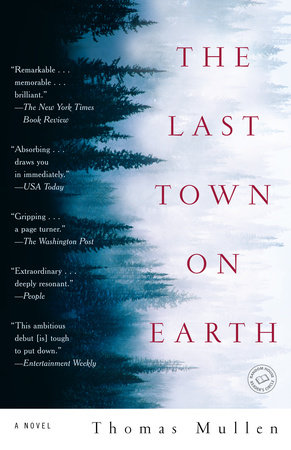Author Q&A
A Conversation with
James Houston
author of
Snow Mountain Passage
Q: Your previous novels are all contemporary or set in the recent past. What made you choose to write about a historical subject?
A: Sometimes you don’t choose the material; the material chooses you. The story of this novel is really the story of our house here in Santa Cruz, a steep-roofed Victorian a block back from the ocean. When we first moved in, in the early l960s, it had been empty for three years. It looked abandoned, a relic from a bygone era. And it was cheap. We were renters then, and that’s what appealed to us. Only gradually did I learn that it was once inhabited by descendants of the fellow who co-organized the Donner Party, and that his younger daughter, Patty, who was eight when they rolled out of Springfield, Illinois, and had survived the cruel winter of l846-47, died in our bedroom back in l923. Over the years I became more and more intrigued with the idea this house somehow had a place in her family’s legendary journey west.
Q: Many people left accounts and reports from 1846 and the great migration west. How did you use the historical record when writing Snow Mountain Passage?
A: It is almost overwhelming, the material available from this period. From the Donner Party survivors there are diaries, newspaper interviews, book-length memoirs, hundreds of letters. Sutter’s Fort Museum alone holds a file of 650 documents donated by the Reed family. My intent, as I ploughed through it all, was not to re-tell the entire saga, but to keep the focus on one family. I looked for keys to how they saw themselves, saw others, how they reacted at certain moments, or failed to react. I wanted the main storyline to be historically accurate, in terms of dates, places, incidents. But I didn’t want it to read like history. Fiction has to take us inside lives at another level. In Snow Mountain Passage there are two tracks. One follows James Frazier Reed, the father and husband, as he is separated from his own wagon party and from his family, and must cross into California before the snows, as his efforts to raise rescue parties collide with the politics and prophetic cross-cultural encounters at the end of the Mexican War. The other comes via the voice of Patty Reed in her 80s, from her porch here in Santa Cruz, reflecting back upon her family’s legacy and her father’s life.
Q: Throughout the book, you use what appear to be authentic trail notes written by Patty Reed, one of the surviving members of the Reed/Donner party. How did you achieve a sense of realism and authenticity when writing these imagined trail notes?
A: Osmosis has something to do with it, the things you absorb living in the house where Patty Reed spent the final years of her long life. Many features of the interior have not changed. Certain fixtures and pieces of furniture are still here. Also, I made several trips into the Sierras and out into the Nevada desert, re-visiting sites and along the way imagining how those places might have seemed to an eight-year-old from the midwest. When I finally sat down to try and find a way to tell the family’s story, I began to hear her voice, as the elderly woman she’d been in the years she lived here. I wouldn’t say it was an actual sound inside my head; rather, it was the distinct awareness of a certain way of speaking. And that was the day I began to write.
Q: Today, we fly across the country in five hours on luxury airlines but in 1846 traveling cross-country was an extremely difficult task. How did the emigrants travel and manage to transport their families across the country? What were traveling conditions like for the wagon trains?
A: The year l846 was the first year large numbers of families had tried to make this crossing. They had read guidebooks and heard the call of California from two thousand miles away. But many had no clear idea what they were getting themselves into, or how empty the world was once you crossed the Missouri. They had to imagine everything they’d need for a journey of four or five months, for sometimes four or five or six people – food, clothing, ammunition, pots and pans, spare parts – and they had to figure out a way to carry it all. Some planned well. Some not so well. It’s hard now to imagine that kind of travel and the daily tasks they simply took for granted. If a wagon axle broke, you had to stop and carve a new one. To cross a river, you sometimes had to build a raft. To climb and cross what is now Donner Pass, in the central Sierra Nevada, you had to lead your oxen one at a time up a narrow trail, unload your wagon, then take it apart and haul the pieces up with block and tackle, then put the whole thing back together again.
Q: Looking back one can see instances where the wagon party made poor decisions and mistakes in planning and preparation. What do you believe was the turning point for the wagon party?
A: People have been debating this for l50 years. Part of the ongoing fascination with the Donner Party story is that there are no easy or clear-cut explanations for why things turned out as they did. At Little Sandy Creek, near South Pass in what is now Wyoming, a crucial decision was made to part from the main emigrant route north by way of Fort Hall and to follow an untested but hopefully time-saving route south of Great Salt Lake, the now-infamous Hastings Cut-off. In hindsight it is tempting to call this "a mistake." But at the time he recommended the shortcut, Lansford Hastings was regarded as the leading authority on westward travel and had authored the most influential guidebook for reaching California and Oregon.
Q: What was your most surprising discovery when researching the novel?
A: How the details of cannibalism have, from l847 until today, overshadowed
the more profound and emotionally moving dimensions of this story.
Q: The emigrants were stranded during one of the worst blizzards in the history of Sierra Nevada. What did they do to survive?
A: Though it was primitive, they had shelter. They had firewood. They had water (melted snow). When they eventually ran out of food, some but not all resorted to eating the flesh of those who’d died. This story has mythic power in large part as a testimony to what people are capable of when pushed to the extremes of human experience. Some become savages. Some become heroes.
Q: Snow Mountain Passage is a story not only about tragedy and misfortune but one of survival and endurance. Do you feel the latter gets lost or forgotten amid the tales of cannibalism?
A: Even as the survivors were making their way out of the mountains, in the spring of l847, exaggerated and sensationalized accounts had begun to appear in newspapers, to be reprinted around the world. In a way, the goriest details have helped to give this story its long life and make it the most notorious episode in the settling of the American west. To write about the Donner Party, one has to address this aspect of the tale; but I haven’t dwelled on it in Snow Mountain Passage, in part because it has already had a big emphasis in other narratives, both fiction and nonfiction. Also, I believe the deeper story is in the family drama and ordeal – not only what happens at Donner Lake, as Margaret Reed and her four children struggle to survive; but what happens to James Reed during his months in Mexican California, trying to rejoin them.
Q: When something goes wrong, instinctively people want to place blame. In the case of the Reed/Donner party, was James Reed to blame? Can anyone be blamed for the wagon train’s misfortunes?
A: James Reed was a headstrong and willful man who made some decisions he later regretted. But so did they all. It was, for instance, a group decision to try the Hastings’ Cut-off, not Reed’s alone. They all voted on it. The farther you delve into the record and into the multiple accounts of what happened and why, the harder it is to single out any one person or family or decision. In the end it is a mysterious mix of unpredictable weather and bad luck and strange chemistry: a mismatched bunch of people who found themselves stuck with one another in unforgiving terrain. But there is no question that Reed contributed to the Party’s misfortune. This in fact is what drew me to him, as a character. While his own pride makes him a culprit, he is also capable of a redeeming compassion and true courage.
Q: What is next on the horizon for you?
A: Another story. Another book. I’d rather not mention specific projects.
I have a nonfiction book in mind, a couple of ideas for novels. Whether
it’s fiction or nonfiction or film, these are all forms for telling stories.
That’s what I plan to keep on doing.



